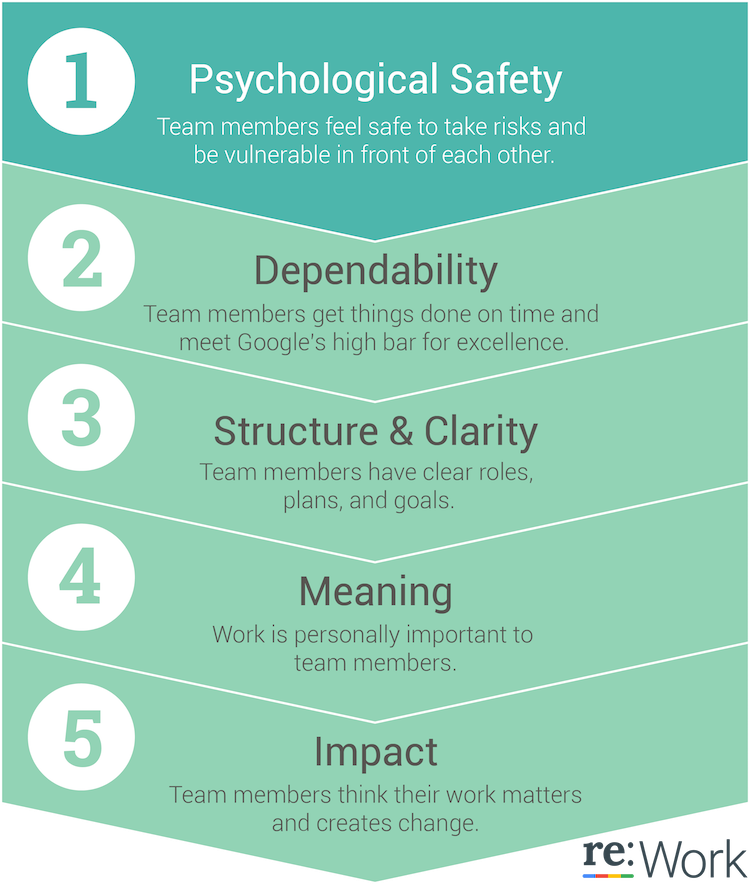Many student affairs professional will tell you that a lot of time is spent in meetings.
Many meetings are valuable opportunities to get together with colleagues. Others can be less well spent. They can be unfocused and not create any relevant action or relay any needed information. Also, there is the phenomenon of a meeting that could just be an email.
Many people believe collaboration is working together to reach a common goal. But what is collaboration really?
If you’ve worked on a team, which many of us do, you know that collaboration is not a one-size-fits-all approach.
According to Psychology Today, collaboration is defined as,
“…involving a substantial organizational commitment, a very high level of trust, and extensive sharing of turf. Collaborating partners demonstrate a public enthusiasm for – and commitment to the value of – learning from each other to become better at what they do collectively. Collaborating partners willingly share the risk, responsibilities, resources, and rewards of the work.”
Getting people together to collaborate is important. It’s where the best ideas to support our students will come from. It also build bridges and knocks down silos on your campus. Using the right tools, and having the right mindset can help avoid the pitfalls of unnecessary or unproductive meetings.
Fostering Psychological Safety
Have you ever been in a meeting and noticed that everyone went along with what their manager said because no one felt comfortable speaking up? Most of us have been there at one point or another.
What helps dissipate these feelings amongst a team? What if you don’t see eye-to-eye but you feel uncomfortable speaking up?
One the best things you can do is start discussing what it means to be psychologically safe in the workplace. Having this conversation with new hires just as important as having the conversation with your most tenure leader.
Amy Edmondson, professor of Leadership and Management at Harvard Business School explains why creating a psychological safe workplace is important from the start:
She discusses that, “psychological safety is a belief that one will not be punished or humiliated for speaking up with ideas, questions, concerns or mistakes.”
Even Google has brought up the idea of creating psychologically safe teams after searching for the “the answer” of how to create the best collaborative teams out there. Last year, The New York Times came out with a comprehensive article about how Google went about exploring, researching, and defining what makes the best team.
Based on their findings, Google came up with five key team dynamic indicators that should be considered among any team (no matter what type of personalities exist). Those are listed here:

Both Amy and Google noted that teams that made more mistakes together in a psychologically safe environment, felt more successful in the long run.
Re:work notes that you should be able to answer these questions:
1. Can you take risks on your team without feeling insecure or embarrassed?
2. Can you count on your teammates to complete high quality work on time?
3. Are goals, roles, and executive plans on your team clearly outlined?
4. Are you working on something that is personally important for each of you?
5. Do you fundamentally believe that the work you’re doing matters?
Avoiding Groupthink
I’ve witnessed groupthink many times in my life and it is something I actively work against.
Groupthink is the phenomenon where essentially, everyone accepts the first idea presented for the sake of ease and harmony. Obviously, this is troublesome because the first idea offered in a meeting is hardly always going to be the best one. We owe it to ourselves (and our students) to give due diligence to listen to other ideas people at the table have. Even if we end up at the first idea, we still made sure to make sure everyone’s voice is heard and that we compare ideas rather than just taking the easy way out. Consider bringing students to the table and using design thinking to get the ball rolling.
Also on this point, it is important to understand that some people need time to think and process before they offer up a proposal. Just because someone jumps in right away doesn’t mean their idea is better. I typically need a moment to make sure I articulate my idea well before speaking in a group. A good way to help people along with idea generation is to make sure you send the meeting agenda ahead of time. This gives those that need it the time to prepare.
Bringing People Together for the Right Meeting in an Appropriate Room
Another critical detail here is making sure that a meeting has the appropriate people around the table so that optimal collaboration can occur. You don’t want too many or too few people. You also don’t want someone in a meeting who doesn’t need to be there.
The Advisory Board has some great thoughts on this topic and resources you can use to help plan your next important meeting. The biggest thing here is making sure you’re making good use of everyone’s time. Managers often already have a lot on their plate, and don’t need to be in every single meeting they’re invited to. Have someone summarize and relay the info in an email or discuss during their next one-on-one. Time is valuable so make sure people feel like you’re not wasting it. Have representatives from all the stakeholders in the room (or virtually sitting in if they’re not able to be physically there) and make sure everyone is a part of the decision making process.
Something else to consider here is the literal “right room”. Depending on what you’re aiming to accomplish with meeting, it may be important to be able to have a conference line in the room, or present on a screen, or scribble on a whiteboard, or have enough space to spread out and actually get work done in the meeting. Also, maybe you should just be in a more casual space to do a brainstorm. Consider where you have the meeting, since it can cultivate better collaboration versus hitting a roadblock once you realize you don’t have the environment you need.
Providing Space for Action and Follow Up
As important as what happens in the meeting is what happens afterwards.
Make there is clear communication as to who needs to do what, how, and when. Using the right tools and keeping in touch as work gets done allows for everyone to be on the same page as well as everyone can ask questions about the progress being made. This can also help address roadblocks or delays that could derail a project.
Collaboration is an ongoing process that needs to be maintained, it’s not just a one time instance. To be able to give our students the best service and support they deserve, we need to constantly be working together within our own teams and across campus. This can entail using whatever communication platform works best for your colleagues. They might prefer a quick phone call, email, chat, or popping into their office.
Your Thoughts!
Often we can get overly focused on our own work and keep our heads down.
Collaboration can be a difficult process to maintain, but it is crucial to be able to achieve the best outcomes for our students. Communicating, using the right tools, managing your people and space appropriately, and following up on delegated action items all are necessary to create a recipe for success.
Continue the conversation with us on Twitter at @themoderncampus and @HigherEd_Geek. Cheers!





